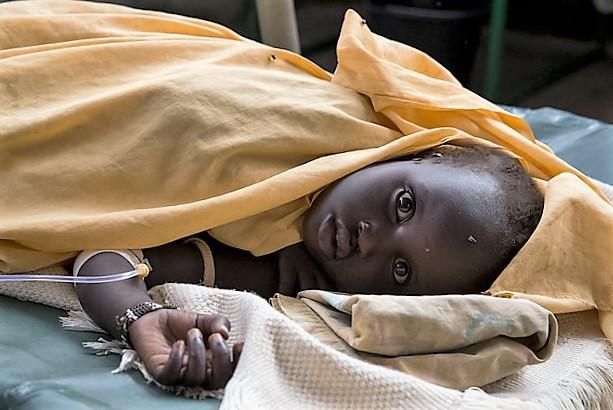
A cholera outbreak in Angola has spread to 16 of the country's 21 provinces since the first of the year, the World Health Organization (WHO) said in an outbreak notice late last week.
As of March 25, officials have recorded 8,543 cholera cases and 329 deaths (case-fatality rate [CFR], 3.9%), with one third of deaths occurring in the community and outside of medical treatment centers. The CFR for hospitalized cases is 2.5%, with 253 patients currently hospitalized. Luanda (48.5%) and Bengo (29.1%) provinces have the highest burden of disease.
"The outbreak initially saw a rapid increase in cases, exceeding 1,000 weekly cases in early February. This was followed by a decline and a plateau, with case numbers stabilizing at approximately 800 cases per week for a month," the WHO said. Last week, however, cases surged again, reaching 1,200—the highest weekly count to date.
Children, young adults hit hard
Children ages 6 to 14 years represent 23.1% of the total cases, and 21.7% of cases are in teens and young adults aged 15 to 24 years.
Angola has historically battled cholera outbreaks that typically follow rainy seasons. Neighboring Democratic Republic of the Congo and Zambia are also experiencing cholera outbreaks.
Inadequate access to clean water and sanitation continues to leave Angola highly vulnerable to cholera outbreaks.
"Inadequate access to clean water and sanitation continues to leave Angola highly vulnerable to cholera outbreaks, especially in densely populated urban centers and remote rural communities," the WHO said. "Given the ongoing outbreak, the rainy season, and Angola's proximity to cholera-affected countries, the risk of further spread within Angola and to neighboring countries is considered very high."
.jpg)











